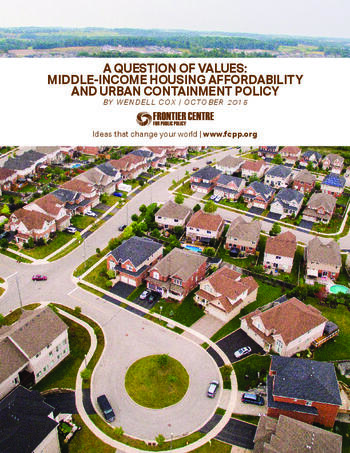Is more urban sprawl the solution to California’s housing crisis?
Chapman fellow says yes, others say no
 In a state where vacant homes and apartments are scarce and where rents and house prices are out of control, state leaders and experts have proposed a host of solutions. Build more homes, build them in higher-density developments and build them in existing cities and suburbs, closer to jobs, buses and commuter rail line. (Jeff Gritchen, Orange County Register)
In a state where vacant homes and apartments are scarce and where rents and house prices are out of control, state leaders and experts have proposed a host of solutions. Build more homes, build them in higher-density developments and build them in existing cities and suburbs, closer to jobs, buses and commuter rail line. (Jeff Gritchen, Orange County Register)By JEFF COLLINS | JeffCollins@scng.com | Orange County Register
PUBLISHED: May 3, 2017 at 12:01 am | UPDATED: May 3, 2017 at 8:27 am
In a state where vacant homes and apartments are scarce and where rents and house prices are out of control, state leaders and experts have proposed a host of solutions.
Build more homes, build them in higher-density developments and build them in existing cities and suburbs, closer to jobs and transit to reduce pollution and congestion, they say.
On Tuesday, however, a Chapman University fellow offered a more traditional solution: urban sprawl.
Rather than limit new construction to apartments and condos in “infill” development, California needs to build more houses, using vacant land in interior communities like the Inland Empire and the Central Valley, said Joel Kotkin, Chapman’s RC Hobbs Presidential Fellow in urban futures and co-author of a new report on millennials’ housing needs.
Kotkin was a guest speaker Tuesday at a California Association of Realtors forum in Sacramento streamed over FaceBook.
“Millennials contemplate unaffordable housing that could compel them to leave California,” said the report, “Fading Promise: Millennial Prospects in the Golden State.”
“Nothing,” the report states, “could improve housing affordability than to restore the competitive market for land by permitting greenfield development.”
For decades, California homebuilding has failed to keep up with growth, resulting in some of the highest rents and home prices in the nation. The problem is worse for millennials — people aged 20 to 36, Kotkin’s report said.
While homeownership rates for California baby boomers are close to the national average, only one in four Californians aged 25 to 34 own a home, the third-worst homeownership rate among states, the report said.
But converting vacant land into housing runs contrary to the prevailing view.
A recent UC Berkeley report that denser, “infill” residential housing near jobs and public transit would allow California to meet its housing needs and emission-reduction goals. The study’s authors issued a response to Kotkin saying he ignores other costs of urban sprawl.
“Encouraging more sprawl will only result in more driving, higher transportation costs, and increased pollution,” the statement said. “We need housing solutions that take into account all costs – not just the full cost of living for a resident but the full cost to our environment and to our state’s mandated greenhouse gas reduction targets.”
A 2015 study sponsored by the nonprofit California Housing Partnership found that locating affordable housing in close proximity to jobs and services causes a significant decrease in pollution as people switch to walking, bicycling or taking public transportation.
“I don’t see how you can solve the housing crisis by sprawling unless you decide that climate change is not important,” Matt Schwartz, the California Housing Partnership’s president and chief executive, said in response to Kotkin’s report.
But Kotkin argued that such an approach won’t work because millennials don’t want to live in expensive apartments in high-density environments.
“What we’re seeing is an attempt to re-engineer Southern California into something that it’s not,” Kotkin said in an interview before Tuesday’s presentation. “High-density housing is not a substitute for building houses. The vast majority of people … want a house.”
Kotkin maintains high-density construction costs as much as 7.5 times more than the cost of building houses. Few places in the nation, and certainly not Southern California, have New York-type amenities and transit to make high-density living desirable, he said.
Congestion can be reduced by moving jobs inland, closer to where new housing is developed or by allowing people to work from home. To increase supply in existing communities, “redundant” retail space should be redeveloped into small-lot houses or townhomes, he said. Prefab construction techniques also could help keep housing costs down.
Authors of the Berkeley study disputed Kotkin’s claim that millennials want houses, saying recent surveys show they want to live in walkable, mixed-use communities and in neighborhoods where they don’t have to use a car often. Millennials, the authors said, were split almost evenly between single-family vs. multi-family preference.
Meanwhile, new data released Monday shows that California inched closer to meeting housing goals, but still is falling short.
The state had a net increase of 88,562 housing units last year, 41,155 of them in Orange, Los Angeles, Riverside and San Bernardino counties, the state Department of Finance reported. While the statewide total is up 31 percent from 2015, it’s still less than half the 180,000 new housing units state housing officials say California needs annually to keep up with population growth.
